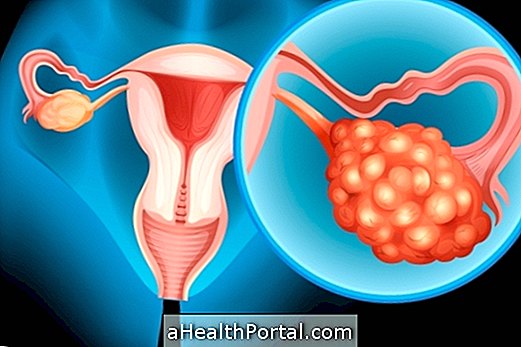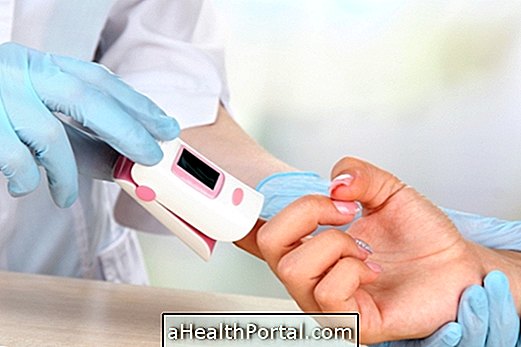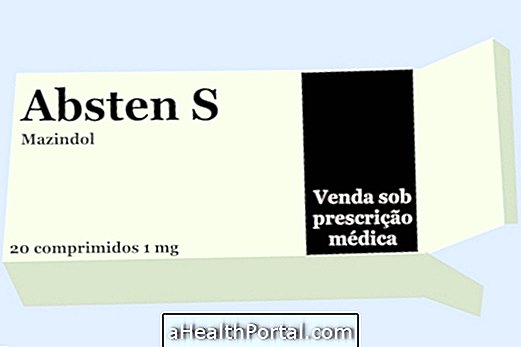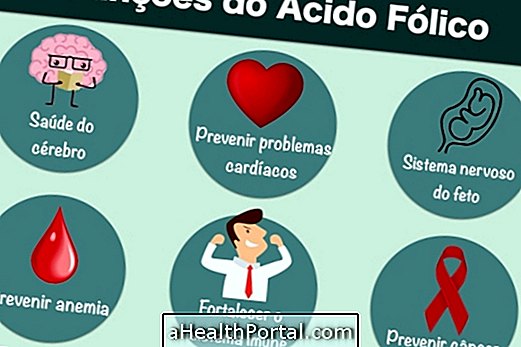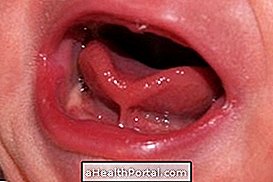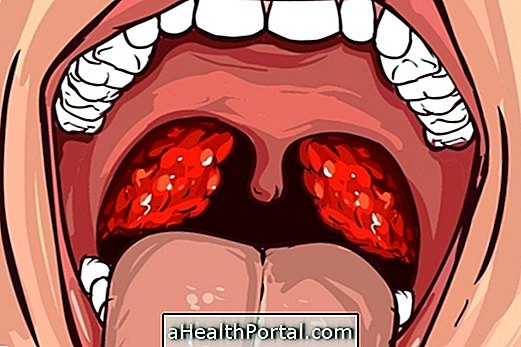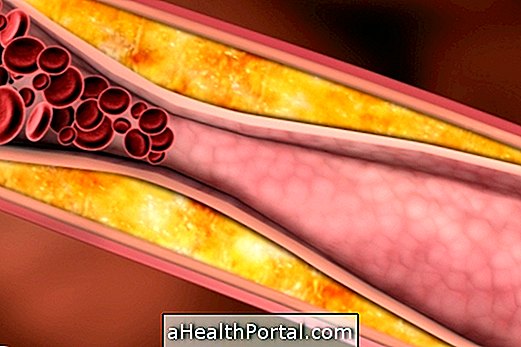The main cause of feeling tired in the legs is poor circulation, also called chronic venous insufficiency, because in this disease the valves of the veins are weakened, which hinders the flow of blood, provoking the appearance of varicose veins and symptoms such as weight in the legs, tingling, pain and cramps.
However, if leg fatigue is accompanied by other symptoms, such as pain, weakness or difficulty walking, other diseases should also be considered, such as muscle changes, artery insufficiency or diabetic neuropathy, for example. If you want to know about leg pain, know the causes and how to treat this problem.
To confirm the cause of this problem, it is necessary to consult with the doctor, who can make the physical evaluation and request examinations like ultrasound of the lower limbs.

Main causes
Leg fatigue can be caused by:
1. Poor circulation of veins
Also known as venous insufficiency or chronic venous disease, this disorder causes uncomfortable symptoms that affect the legs like feeling heavy or tired, pain, tingling, cramps and bloating.
This change is very common, and usually forms varicose veins, which are small vessels that can be visible on the skin or are deep. It is usually caused by family genetics, although some risk factors contribute to its onset, such as obesity, standing for a long time, wearing high heels or sedentary lifestyle, for example.
- How to treat : The treatment is indicated by the angiologist or vascular surgeon, and consists of measures to relieve symptoms, such as use of elastic stockings, analgesics or medicines that relieve blood flow, such as Diosmin and Hesperidin. However, the definitive treatment is done with surgery. Read more about causes and what to do in case of poor circulation.
2. Decreased blood flow in arteries
Peripheral arterial disease is the poor circulation that affects the arteries, so it is more severe and causes more intense symptoms, since they are the arteries that carry oxygen and nutrients to the tissues of the body.
The most common symptom is leg pain when walking, which improves with rest, however, other possible symptoms are tiredness in the legs, tingling, cold and pale feet and legs, erectile dysfunction and the appearance of wounds that do not heal.
- How to treat : The angiologist will guide the adoption of healthy lifestyle habits, such as quitting smoking, losing weight, exercising and controlling diabetes or high blood pressure, as these are major risk factors for this disease. Remedies for cholesterol and to improve blood circulation, such as AAS and cilostazol are usually indicated. In severe cases surgery is indicated. Understand better what peripheral arterial disease is and how to treat it.
3. Physical unpreparedness
Lack of physical exercise causes atrophy of the muscles, called sarcopenia, which makes it harder and harder to perform physical exertion, and causes muscle fatigue more easily, with symptoms such as feeling weak, tired, cramping, and shortness of breath.
Particularly affected by muscle weakness are elderly people who are bedridden or heavily seated or who have conditions that hamper activities such as lung, heart or neurological diseases.
- How to treat : To prevent and treat muscle weakness, it is necessary to practice physical activities such as walking, water aerobics or bodybuilding, preferably after release from the doctor and guided by a physical educator. Learn about the symptoms of sarcopenia and how to regain muscle mass.

4. Diabetes
When diabetes is not well controlled over the years, it can cause damage to the nerves of the body, a condition called diabetic neuropathy . This change mainly affects the feet, but can compromise the legs, in addition to several other body locations.
The main symptoms include pain, burning and burning, tingling, pins and needles, or loss of sensation in the affected limb, which facilitates the appearance of wounds that do not heal and cause walking difficulties.
- How to treat : the treatment is performed by the neurologist or endocrinologist, done, mainly, with the adequate control of the glicemia with antidiabetic medicines. there are medications that your doctor may recommend for relieving symptoms, such as painkillers, antidepressants and antiepileptics, for example. Read more about this problem in Diabetic Neuropathy.
5. Muscular diseases
Diseases that affect the muscles are called myopathies, and can cause feelings of tiredness and weakness in the legs, as well as pain, tingling, cramps, stiffness, spasms, and difficulty in getting around.
This cause of leg fatigue is more rare, and some of the main causes include:
- Autoimmune inflammatory diseases, such as polymyositis, dermatomyositis or myositis due to inclusion cospúsculos;
- Muscle injury caused by drugs such as Ciprofibrate, corticosteroids, Valproate or Etanercept, for example;
- Intoxication of the muscle, by the consumption of substances like alcohol;
- Inflammation of muscles induced by infections, such as HIV, CMV or toxoplasmosis, for example;
- Hormonal changes, such as hyper or hypothyroidism;
- Muscular dystrophies, which are hereditary diseases in which there is degeneration of the membrane that surrounds the muscle, or other genetic diseases.
Muscle disorders can also be caused indirectly by metabolic or neurological diseases, such as amyotrophic lateral sclerosis or myasthenia gravis, for example.
- How to treat : The treatment is indicated by the doctor according to its cause, and may include use of medicines to regulate the immune system, antibiotics or adjustments in the medicines used.
